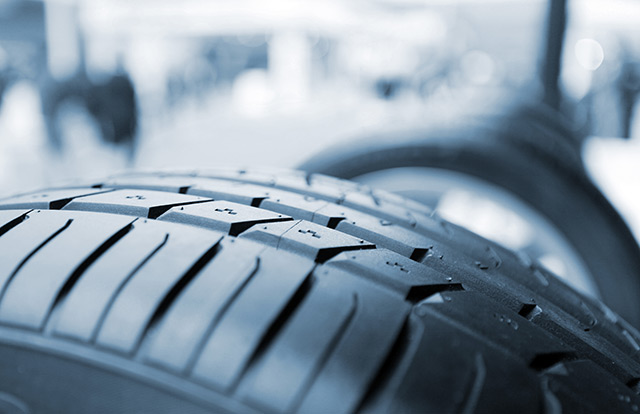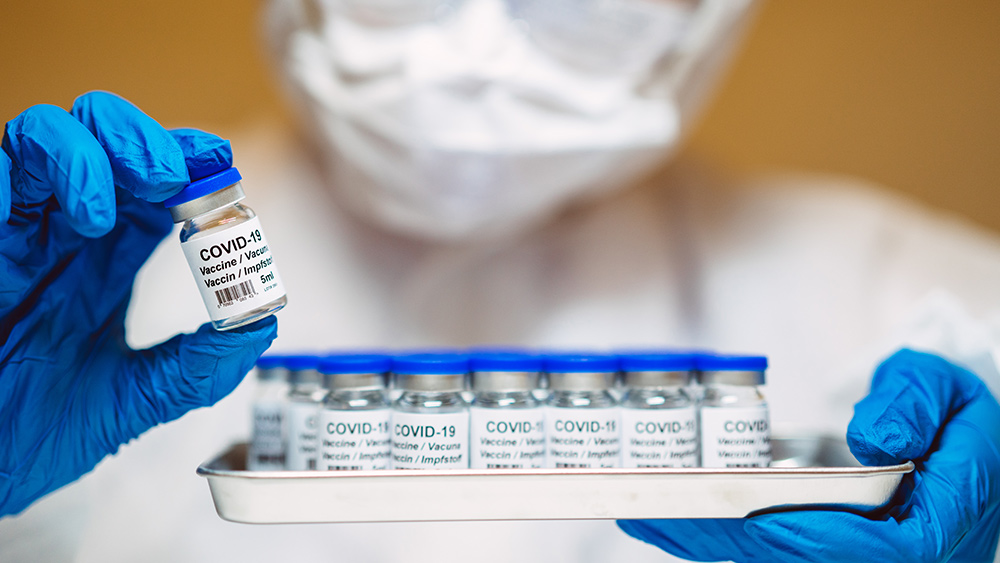 Parler
Parler Gab
Gab
- Millions of discarded tires end up in landfills annually, leaching harmful chemicals and posing fire risks, with traditional recycling methods like pyrolysis producing toxic byproducts.
- Researchers at UNC developed a novel technique using C-H amination and polymer rearrangement to break down rubber waste into soluble, amine-functionalized materials for epoxy resin production.
- The process operates under mild conditions (35–50°C), fully decomposing rubber in six hours, and avoids extreme temperatures or costly catalysts, making it eco-friendly and scalable.
- The resulting epoxy resins match the strength of commercial products, with the team optimizing the process to minimize waste (measured via E-factor metrics).
- This breakthrough offers a sustainable alternative to landfills, aligning with advancements in tire technology and encouraging both industrial adoption and individual repurposing efforts.
The environmental crisis of rubber waste
The accumulation of discarded tires in landfills poses significant environmental hazards. These materials can leach harmful chemicals into the soil and water, and there is a risk of spontaneous combustion. Traditional methods of rubber recycling, such as pyrolysis, which involves high-temperature decomposition, generate harmful byproducts like benzene and dioxins, further exacerbating the environmental impact.A novel chemical solution
A study funded by the U.S. Department of Energy and led by Dr. Aleksandr Zhukhovitskiy, a William R. Kenan, Jr. Fellow and Assistant Professor in the Department of Chemistry at UNC, introduces a pioneering technique. This method utilizes C-H amination and a polymer rearrangement strategy to convert rubber waste into valuable materials. The process involves the use of a sulfur diimide reagent that installs amine groups in specific locations within the polymer chains. This step is crucial as it sets the stage for the subsequent backbone rearrangement, breaking down the rubber into soluble amine-functionalized materials suitable for producing epoxy resins.Efficiency and environmental impact
The researchers demonstrated the effectiveness of their two-step process with a model polymer, reducing its molecular weight from 58,100 g/mol to about 400 g/mol. When applied to used rubber, the method broke down the material completely in just six hours, transforming it into a soluble, amine-functionalized material. This process operates under mild conditions (35-50°C, or 95-122°F) in aqueous media, making it more environmentally friendly and cost-effective compared to traditional techniques that often require extreme temperatures or expensive catalysts. Epoxy resins are widely used in industries for adhesives, coatings and composites. The study shows that amine-modified poly-dienes, produced using this method, can create epoxy materials with strength similar to commercial resins. The researchers evaluated the environmental impact of their process using the Environmental Impact Factor (E-factor), a metric that measures waste generated relative to product yield. While the complete E-factor, including solvent use, was high, the simple E-factor, excluding solvents, was much lower, highlighting areas for further optimization.Implications for the future
This research marks a significant step toward greener recycling technologies. "Our research represents a paradigm shift in how we approach the problem of rubber waste," said Sydney Towell, a co-author of the study and Ph.D. candidate at UNC. "By harnessing the power of C-H amination and backbone rearrangement, this method provides a new pathway to transforming post-consumer rubber into high-value materials, reducing reliance on landfills and minimizing environmental harm." The future of tire technology is promising, with advancements in self-inflating, airless and smart tires. However, the challenge of dealing with the vast amount of rubber waste remains. The novel chemical process developed by the UNC team offers a sustainable solution that could significantly reduce the environmental impact of discarded tires. Until this innovative technique is widely adopted, individuals can continue to repurpose old tires themselves. From DIY outdoor seating and recreation to practical items like pet beds and trash bins, there are numerous creative ways to give old tires a new life. These innovative solutions, both at the individual and industrial levels, are crucial in addressing the environmental crisis of rubber waste and moving toward a cleaner, more sustainable future. Sources include: ScienceDaily.com Pioneerindsys.com BobVilla.comBudesonide emerges as lifeline for measles patients amidst hospital system turmoil
By Lance D Johnson // Share
Governments continue to obscure COVID-19 vaccine data amid rising concerns over excess deaths
By patricklewis // Share
Tech giant Microsoft backs EXTINCTION with its support of carbon capture programs
By ramontomeydw // Share
Germany to resume arms exports to Israel despite repeated ceasefire violations
By isabelle // Share










